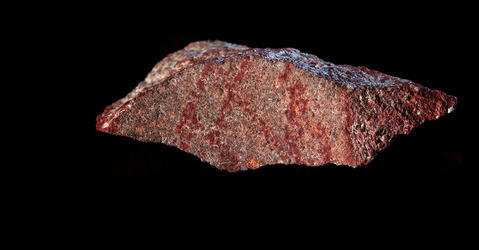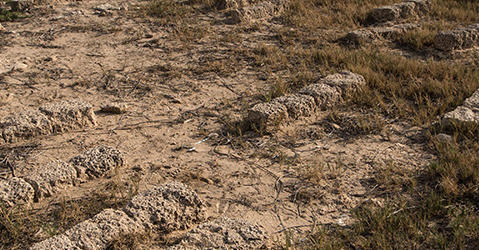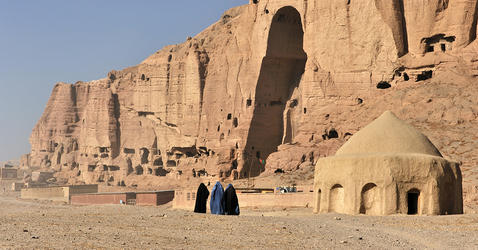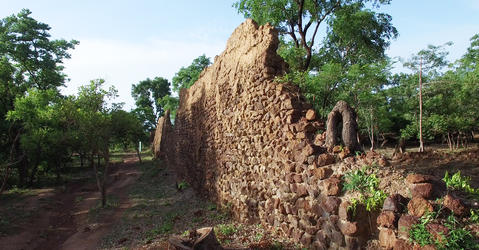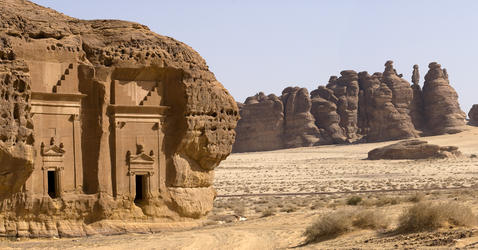You are here
Archaeology
Article
09.12.2018
Nine crisscrossed lines on a 73,000-year-old South African rock fragment have emerged as the world’s earliest-known drawing following a scientific study into how they were originally traced.
Article
06.25.2018
The Crusader cemetery in Atlit, at the foot of Mount Carmel (Israel), offers ideal conditions for studying funeral customs practiced in the Crusader states in the 13th century. Under the direction of...
Article
06.01.2018
For nearly a century, the French Archaeological Delegation in Afghanistan (DAFA) has been drawing up an inventory of the archaeological heritage of one of the world’s most unstable countries. Some...
05.28.2018
Who built this fortress? When and for what goal? Protected by walls six meters high, with no visible entrance, the ruins of Loropeni in South-Western Burkina Faso raise more questions than answers...
Article
05.18.2018
To open up the region of Al-Ula to international tourism and showcase the magnificent ruins of the city of Hegra, Saudi Arabia has called upon French expertise. CNRS News takes a look at this jewel...
Article
05.15.2018
In the Sechura Desert on the Pacific coast of Peru, the Huaca Amarilla archaeological site has yielded a unique—and surprising—glimpse of funerary practices in the pre-Hispanic period, from the 10th...


